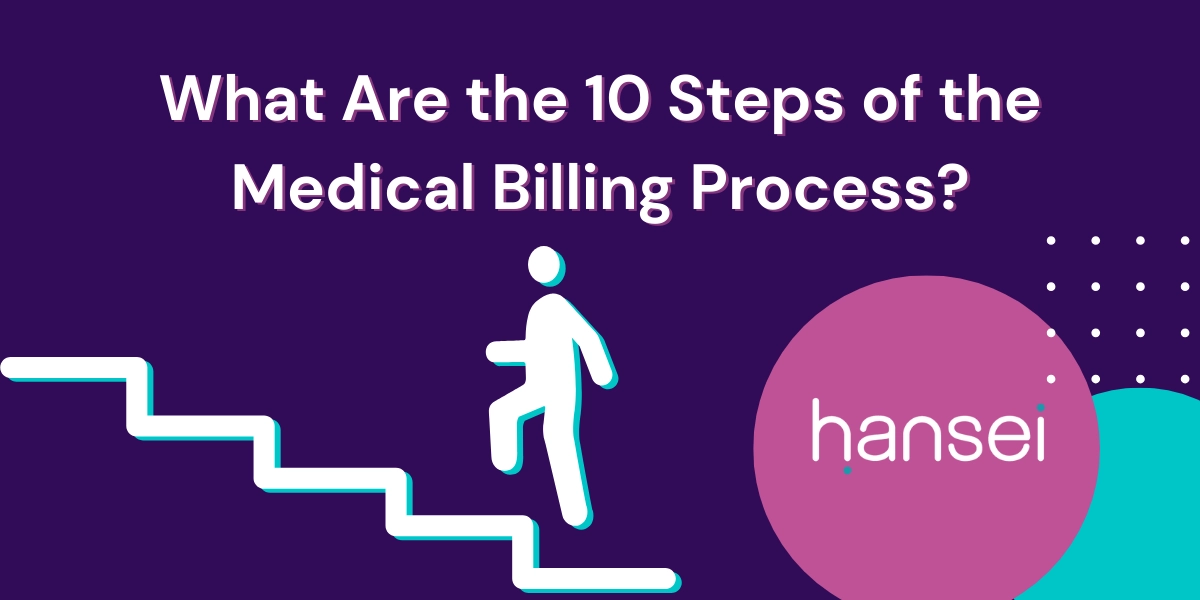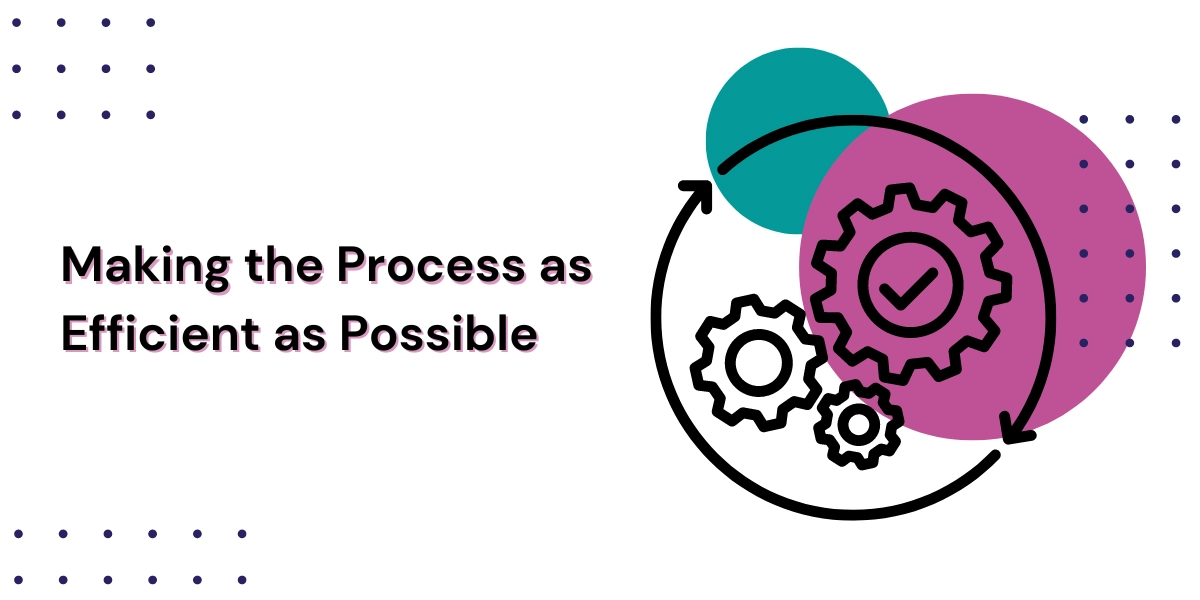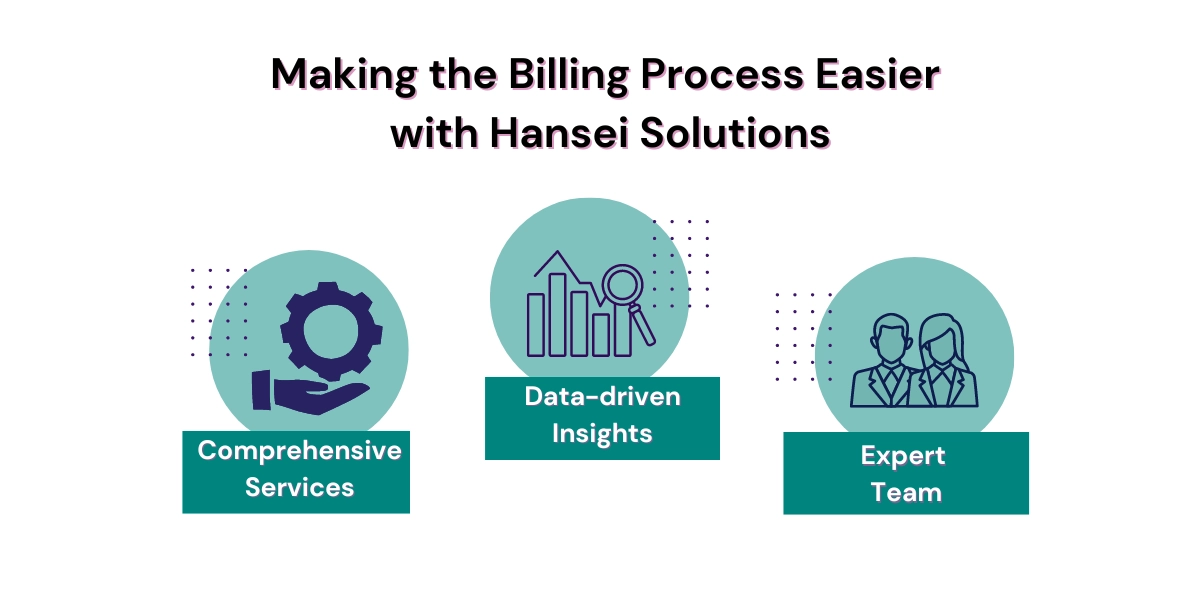Blog

The medical billing process, as a whole, can seem like an overwhelming process if you aren’t familiar with it. Breaking it down into manageable steps can make it much easier to understand and navigate. Whether you’re a healthcare provider, billing professional, or patient, knowing these steps can help ensure everything runs smoothly. Here are the 10 steps of the medical billing process that most behavioral health providers follow to make the process run as efficiently as possible.

1. Patient Registration
During registration, patients fill out forms that include their name, date of birth, address, contact information, and insurance details. It’s important for staff to verify the accuracy of this information to prevent issues later on. If the patient has visited the facility before, their information should be reviewed and updated as needed. This step also includes discussing the financial policies of the healthcare provider with the patient, so they understand their responsibilities.
2. Insurance Verification
Insurance verification involves contacting the insurance company to confirm coverage. This can be done via phone, online portals, or through electronic verification systems. The goal is to verify the patient’s insurance eligibility, benefits, and whether the planned services are covered under their policy. This step also includes checking for any prior authorizations required for certain procedures or treatments, which can help prevent delays in care and payment.
3. Patient Check-In
During check-in, patients may be asked to provide a photo ID and their insurance card for verification. The staff will update any new information in the system and ensure all required forms are signed. Copayments, which are often a set amount determined by the patient’s insurance plan, are collected at this time. This helps to reduce the outstanding balance after the insurance claim is processed and ensures the patient is aware of their financial responsibility upfront.
4. Coding
Medical coders review the patient’s medical record and assign appropriate codes based on the diagnosis and procedures performed during the visit. CPT codes are used for procedures and services, while ICD codes are used for diagnoses. Accurate coding is crucial, as it directly impacts the reimbursement process. Errors in coding can lead to claim denials, payment delays, or even audits. Coders must stay updated with coding guidelines and changes in code sets to ensure compliance.
5. Charge Entry
Charge entry specialists input the codes and charges into the billing software, ensuring that all services provided are accounted for. They must double-check the information for accuracy, as any discrepancies can result in billing errors. This step also involves assigning the correct fee for each service, based on the healthcare provider’s fee schedule and the patient’s insurance contract. Proper charge entry ensures that claims are submitted with the correct financial data, which is essential for timely and accurate reimbursement.
6. Claim Submission
Claims can be submitted electronically through clearinghouses or directly to insurance companies. Clearinghouses act as intermediaries, checking claims for errors before forwarding them to the insurance payers. This helps reduce the chances of claim rejections due to formatting issues or missing information. Electronic submission speeds up the process and allows for quicker feedback from the insurance companies. It’s important to submit claims as soon as possible to ensure timely payment and keep the revenue cycle moving smoothly.
7. Claim Adjudication
During adjudication, the insurance company reviews the claim to determine if it meets their criteria for payment. They verify that the services were medically necessary, properly coded, and covered under the patient’s plan. If there are any issues, such as incorrect coding or insufficient documentation, the claim may be denied or returned for additional information. It’s important for billing staff to monitor claim status and promptly address any issues that arise to avoid delays in payment.
8. Payment Posting
Payment posting involves entering the payment details into the billing system, including the amount paid by the insurance company and any adjustments or write-offs. The patient’s account is updated to reflect the payment and any remaining balance. This step also includes posting payments made directly by patients, such as copayments and coinsurance. Accurate payment posting ensures that financial records are up-to-date and helps identify any discrepancies that need to be resolved.
9. Patient Statements
Patient statements are usually sent out after insurance payments have been posted. These statements provide a detailed breakdown of the services provided, the payments received from insurance, and any remaining balance the patient needs to pay. Clear communication in these statements helps patients understand what they owe and why. Providing a contact number for billing inquiries can also help address any questions or concerns patients may have about their statements.
10. Collections
Collections begin with sending reminder notices to patients with outstanding balances. These reminders can be in the form of letters, emails, or phone calls. If the patient does not respond, the account may be sent to a collection agency. While collections are necessary for maintaining the financial health of the practice, it’s important to handle the process with care to preserve the patient-provider relationship. Offering payment plans or financial assistance programs can also help patients manage their bills and reduce the need for collections.

Making the Billing Process Easier with Hansei Solutions
If you’re looking to streamline your behavioral health billing process and ensure efficient, accurate claim management, consider partnering with Hansei Solutions. Our comprehensive services, data-driven insights, and expert team of professionals are here to help you navigate every step of the billing process with ease. Contact us today to learn how Hansei can enhance your practice’s billing operations and maximize your revenue.

Ready to focus on providing healthcare? Let us lighten your load.
We’re here to address your pain points and create growth opportunities for your organization. We’re passionate about what we do, and it shows in every interaction. Learn what makes us tick and schedule a demo today.